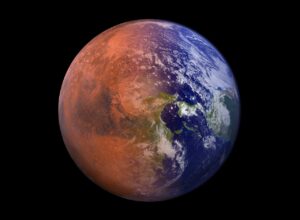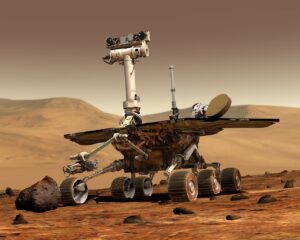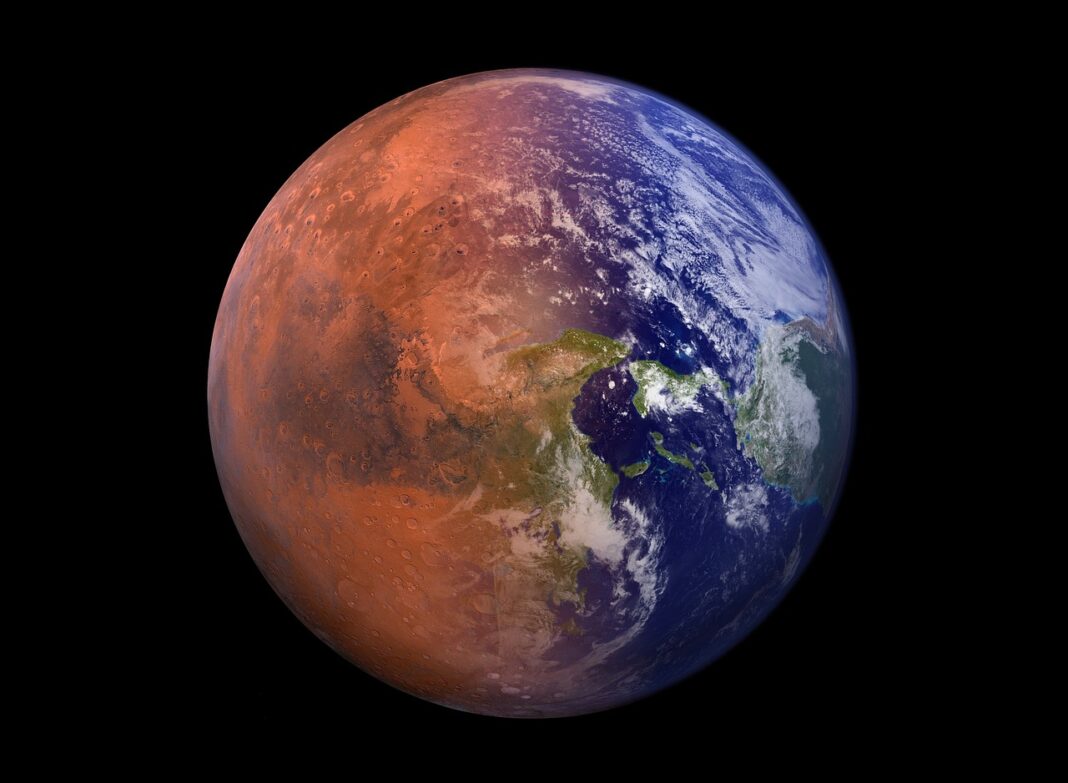Introduction
Mars: the fourth planet in our solar system that has the possibility to inhabit life in the future. More than 50 years ago, humans have had their first mark on the moon. However, today, one of humanity’s biggest goals is to colonize Mars. With significant advancements in technology and with more to come, this insane goal may come to light in the far future. From space companies, like Space X, to researching Mars’ behavior as a planet, there are still incredible things to be done before humanity colonizes Mars, let alone reach the planet. When it comes to exploring the universe, humanity has sent satellites and drones incredibly far into the universe. Some of these technologies have passed beyond Neptune, the eight planet in our solar system. However, there is frighteningly little of the universe that humans are yet to colonize, including Mars.

Elon Musk and space industry’s current plans
Elon Musk, the founder of Space X, has planned to put the first person on Mars by 2029. However, the main challenge to achieve this is to safely transport that first person to the surface of Mars. On top of the harmful planet’s conditions, there are also problems that humans can encounter either on their way or when they are on Mars, including radiation, gravity, and mental health issues.

Currently, along with the majority of space industries, Elon Musk and Space X’s plan is to test rockets and modify them so it can reach Mars safely. However, this is not an easy task and the Space X Starship has not yet made a successful flight. Although there is constant revolutionized changes to the rocket industry, getting a rocket to Mars is incredibly difficult. At the moment, there is not enough technology to create a suitable rocket that can safely land humans to Mars. With as low as 40% successful unmanned landing missions on Mars ever, technology is yet to be reliable for humans. In spite of that, those 40% landings prove that it is possible to transport materials to Mars. This means that it is just a matter of time before space industries improve to the point where humans can go to Mars!

Is it ever possible to colonize Mars?
There are a lot of controversy of whether it is ever possible to colonize Mars. While the answer to this question still remains uncertain, there are unfortunately more observed evidence against Mars’ ability to inhabit humans. For example, Mars is hundreds of degrees colder than earth and has a hundred times less atmosphere. To add on that, Mars’ atmosphere also has much less oxygen.

On the bright side, there are ideas of “terraforming Mars” ; to modify its atmosphere and make it suitable for human life. These ideas involve melting Mars’ polar ice caps, which would release trapped carbon dioxide molecules, a greenhouse gas, into Mars’ atmosphere and warm the planet over a long period time. However, at the moment, there are realistic arguments against the possibility of this of “terraforming Mars” from happening. With arguments ranging from our lack of necessary technology to Mars’ weaker magnetic core (meaning it cannot keep these gases from eroding), it does not seem possible to colonize the frozen and oxygen-deprived Mars at this moment. However, as humanity revolutionizes, it may be possible to colonize a habitable Mars in the far future.

How advancing technology can promise to help colonize Mars if possible
It is clear that technology has advanced over the years. From being able to fly in airplanes today to landings on the moon, there definitely been improvements throughout every industry. Along with technological advancements, there has been rovers that have been successfully placed on Mars to send information to us. One of these rovers currently exploring Mars’ surface is called Curiosity. Curiosity has first been placed on Mars with the purpose of searching for evidence that Mars had once supported Earth-like life. However, its current purpose is to help us study how Mars transformed into an inhospitable desert. All of this is to help us prepare for exploration on Mars. Curiosity is an example of a promising technology that can help colonize Mars is possible. By being able to transmit information, Curiosity helps humans learn about Mars, and there are many other technologies contributing to what we know about Mars.

– A rover on Mars
Along with advancing technology to receive information about Mars, space industries, like NASA, is also advancing to send humans to Mars. As efficiency is a main consideration, space industries are working on figuring out how to use energy and space wisely. One of NASA’s ideas is to reduce travel time to get to Mars by testing powerful propulsion systems, like nuclear electric rockets. Some other ideas include “inflatable heat shields” for landings, high-tech spacesuits, and mobile research suitable laboratories. Although these ideas are under maintenance and heavy testing, these innovative technologies could promise a future of colonizing Mars.

The idea of colonizing a planet is an incredibly difficult task to achieve, and it almost seems impossible. However, this idea is indeed possible, as shown from the technological advancements and discoveries earlier. Although it will possibly take more generations for this idea to come to light, it is still entirely possible to colonize Mars. The space industry has certainly progressed over the years and in time, the industry and technology can improve to not only potentially colonize Mars, but also have the potential to physically explore the rest of our solar system!


